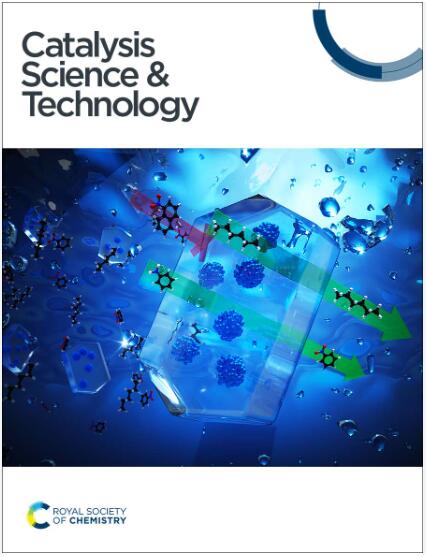Progress in catalytic strategies for mitigating NOx/N2O emissions: from mechanisms to applications
IF 4.4
3区 化学
Q2 CHEMISTRY, PHYSICAL
引用次数: 0
Abstract
In the context of global warming, the emission of the greenhouse gas nitrous oxide (N2O) is an important factor limiting the application of ammonia fuels in marine and offshore power. The effective control of N2O emissions by suppressing N2O generation at the source and after-treatment of exhaust gases has a highly urgent practical significance. The primary source of N2O in ammonia-fueled engines is the side reaction in aftertreatment process of nitrogen oxides (NOx)—selective catalytic reduction (SCR). SCR is also an up-and-coming N2O aftertreatment technology, so developing highly efficient N2O-inhibiting NOx-SCR catalysts and N2O-SCR catalysts is the key to emission control. This article innovatively provides a detailed review of the principles and influencing factors of these two types of catalysts, respectively. Firstly, the generation mechanism of N2O in the NOx-SCR process with several common reducing agents is reviewed, and then the influencing factors of the catalyst performance are classified, the development and optimization of N2O-SCR catalysts in recent years are reviewed, such as improving the structure of the catalyst. Then, the mechanism of N2O-SCR with different reducing agents is reviewed, and the influencing factors and optimization methods of N2O-SCR catalysts are classified and reviewed, such as adjusting the catalyst preparation conditions, changing the active component loading to increase the acidic center. Finally, some suggestions and outlooks for future research directions are presented. It is hoped that this paper can provide a theoretical basis for developing efficient catalysts adapted to industrial applications and contribute to the control of N2O emissions.

求助全文
约1分钟内获得全文
求助全文
来源期刊

Catalysis Science & Technology
CHEMISTRY, PHYSICAL-
CiteScore
8.70
自引率
6.00%
发文量
587
审稿时长
1.5 months
期刊介绍:
A multidisciplinary journal focusing on cutting edge research across all fundamental science and technological aspects of catalysis.
Editor-in-chief: Bert Weckhuysen
Impact factor: 5.0
Time to first decision (peer reviewed only): 31 days
 求助内容:
求助内容: 应助结果提醒方式:
应助结果提醒方式:


